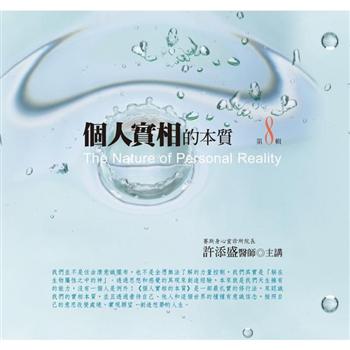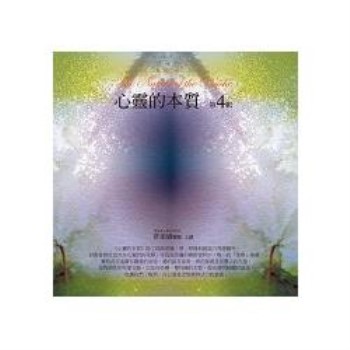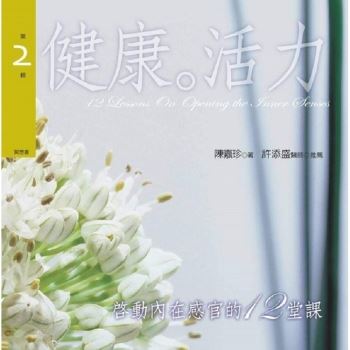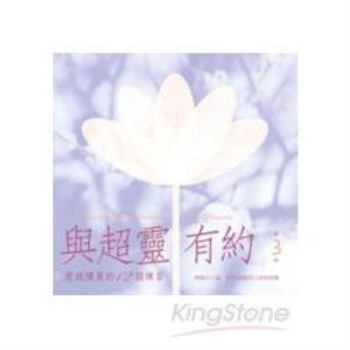大學時代與它們的偶然相遇,成了我這一生不悔的追尋。通常大家稱它們為蕨類,雖然學界有更嚴謹的定義,例如蕨類與擬蕨類(fern and fern allies)、蕨類植物(pteridopytes)或是石松類與蕨類(lycophytes and ferns)。它們的可愛魅力吸引了我長期投注時間對它們的研究。雖然不會開出燦爛花朵,也不會結出纍纍果實,但是它們的葉子與姿態卻是獨特又多變;雖然不構成森林裡主要的生物量,但它們卻覆蓋了多數的森林下層及樹幹,許多林外的棲地,舉凡一些演替先驅土地、道路旁、水池、水溝旁等,也都能看到它們的身影。現在它們更逐漸被廣泛運用到日常生活中,例如料理食材、裝飾花材、藥品等。
台灣及周圍的小島孕育著約700種的蕨類植物,從十九世紀末學界就已開始了它們的研究。從形態學的分類開始,再發展到細胞學、化學、生殖生物學和遺傳演化等。然而,不論各種進階研究、大眾科學教育或植物保育都必須奠基於植物的形態特徵研究。在此方面,之前已經有不少影響深遠的研究出版;在本書中,Ralf Knapp先生更進一步研究調查台灣蕨類的形態特徵,提供了詳盡的田野調查資料和最新文獻,包括超過700種以上蕨類的照片、形態與分類地位介紹,還有過去未曾在台灣發現的種類,並研擬檢索表供種類鑑定之用。這本書的內容,無疑地將拓展我們研究這種迷人植物時的視野。書中所提出未解的疑問與難題,對於未來的研究也非常有助益。
邱文良
林業試驗所植物園組組長
中華民國植物分類學會理事長
辜嚴倬雲植物保種中心顧問
2011年3月 寫於台北
Preface
It happened during my undergraduate years when I unintentionally fell in love with them, what people/scholars have referred to as "fern and fern allies", "pteridopytes", or "lycophytes and ferns". It is something I have never regretted, for their lovely charms are certainly worth the while. Although they do not grow colorful flowers or bear any fruits, their leaves and structures are so unique and diverse; although they do not form the dominant biomass of the forest, they cover a large part of the understory and tree trunks, and extend to various habitats, such as the pioneer lands, roadsides, water ponds, ditch sides, etc. And now they are increasingly applied to daily usages in human lives, such as food, ornamentals, pharmacies, and so on.
Taiwan, with its surrounding islets, harbors about 700 species of ferns and fern allies. The study of ferns and fern allies in Taiwan began in the late 19th century. It started from morphological classification and extended to cytology, chemistry, reproductive biology, and genetic phylogeny. However, all advanced research, popular science education, and conservation of a plant must be built on the study of its macro-characteristic. In this respect, several previous publications have already made considerable contribution. In this book, Mr. Ralf Knapp further explores the morphological features of ferns and fern allies in Taiwan by presenting comprehensive data of field investigation and updated literatures, including information and photographs of more than 700 species, explicit keys to identify them, recombination of taxonomic status, and references to many taxa previously undiscovered in Taiwan. This information will undoubtedly expand our visions in learning about these attractive plants. The unsolved questions and dilemma addressed in this book are especially helpful for further studies as well.
Wen-Liang Chiou
Chief, Botanical Garden Division, Taiwan Forestry Research Institute
Chairman, Taiwan Society of Plant Systematics
Advisor, Dr. Cecilia Koo Botanic Conservation Center











